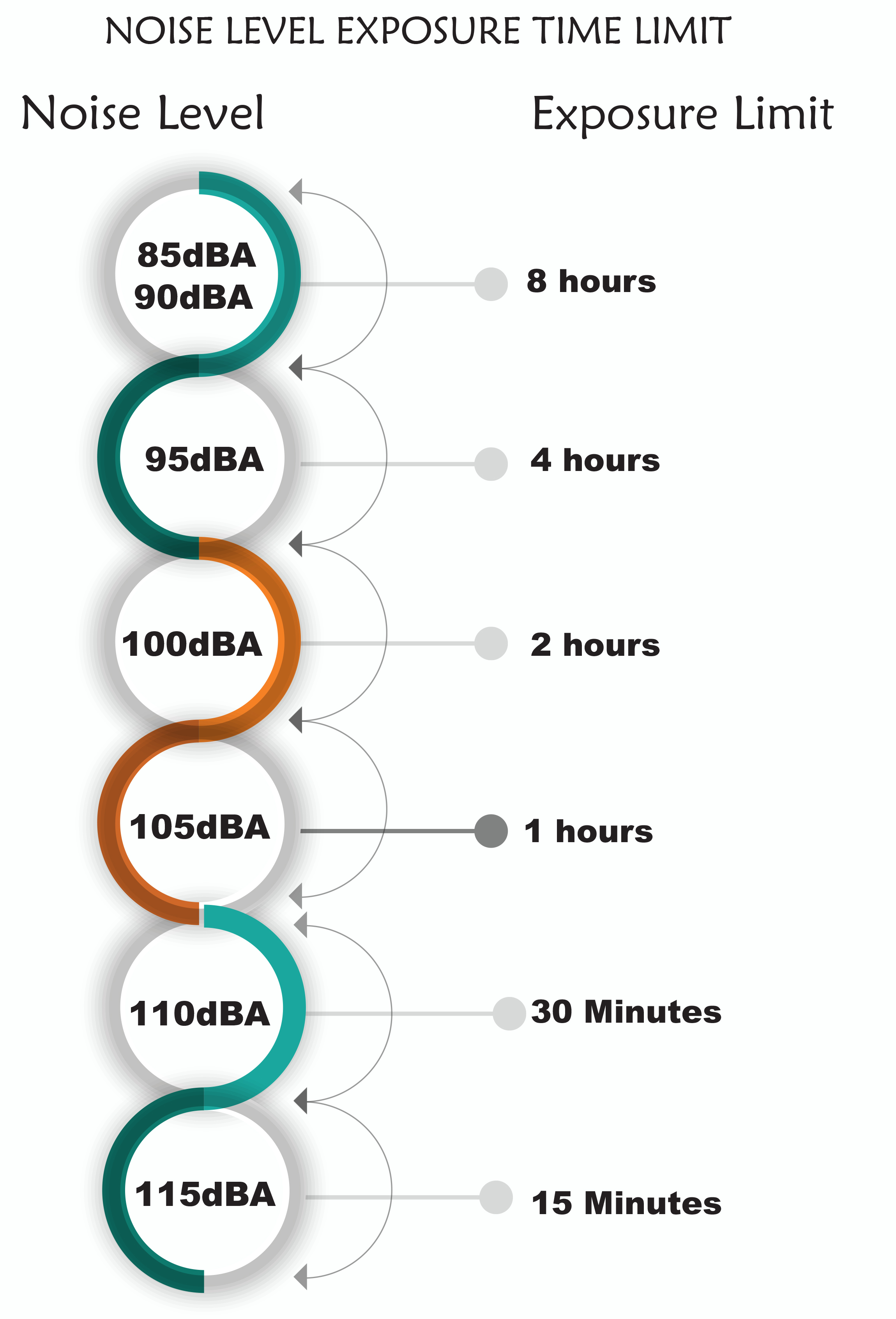Blog Post
CHOOSING THE RIGHT HEARING PROTECTION
The ability to hear is a precious sense that enhances our experience of the world around us. However, exposure to loud noises can have detrimental effects on our hearing, leading to irreversible damage. Whether you are working in a noisy environment, attending concerts, or engaging in recreational activities, there are factors to consider while choosing the right hearing protection to safeguard your ears. The most crucial factor is understanding Noise Levels to enable you to choose the most preferred hearing protection.
It is essential to understand the concept of noise levels measured in decibels (dB). Prolonged exposure to sounds above 85 dB can lead to hearing damage. To put it into perspective, normal conversation registers at around 60 dB, while heavy traffic can reach 85 dB. Industrial machinery, concerts, and firearms can generate noise levels well above 100 dB.
Types of Hearing Protection:
Earplugs:Disposable Foam Earplugs: These are cost-effective and provide a snug fit by expanding inside the ear canal. Moldable Silicone Earplugs: Reusable and customizable, these earplugs conform to the shape of your ear for a comfortable and secure fit.
Earmuffs:
Over-the-Head Earmuffs: These cover the entire ear and are effective in blocking out a broad range of frequencies. Detachable earmuffs: provide hard hat wearers with a quick and simple method of adding hearing protection without having to use earplugs.
When choosing the right hearing protection, consider the following factors:
Noise Reduction Rating (NRR): The NRR indicates the effectiveness of hearing protection in reducing noise exposure. A higher NRR signifies greater noise reduction. However, it is essential to note that real-world noise reduction may vary depending on factors such as fit and usage.
Comfort: Comfort is paramount, especially if you need to wear hearing protection for extended periods. Choose earplugs or earmuffs made from soft, hypoallergenic materials that wont cause discomfort or irritation.
Fit: Proper fit is crucial for the effectiveness of hearing protection. Earplugs should be inserted fully into the ear canal, while earmuffs should create a tight seal around the ears. Custom-molded earplugs offer the best fit, as they are tailored to the individuals ear shape.
Durability: Consider the durability of the hearing protection, especially if you will be using it frequently or in harsh environments. Reusable earplugs should be easy to clean and maintain, while earmuffs should be sturdy enough to withstand daily wear and tear.
Compatibility: If you wear other safety gear or glasses, ensure that your hearing protection is compatible and wont interfere with the proper fit of other equipment.
Protecting your hearing is essential for maintaining auditory health and preventing hearing loss. By understanding your noise exposure level and considering factors such as comfort, fit, and durability, you can choose the right hearing protection that meets your needs. Whether it is disposable earplugs for occasional use or custom-molded earplugs for long-term protection, investing in quality hearing protection is an investment in your future well-being. Do not wait until it is too late—start safeguarding your hearing today.
NOTE: Earmuffs and earplugs can be used together in very high-noise areas
